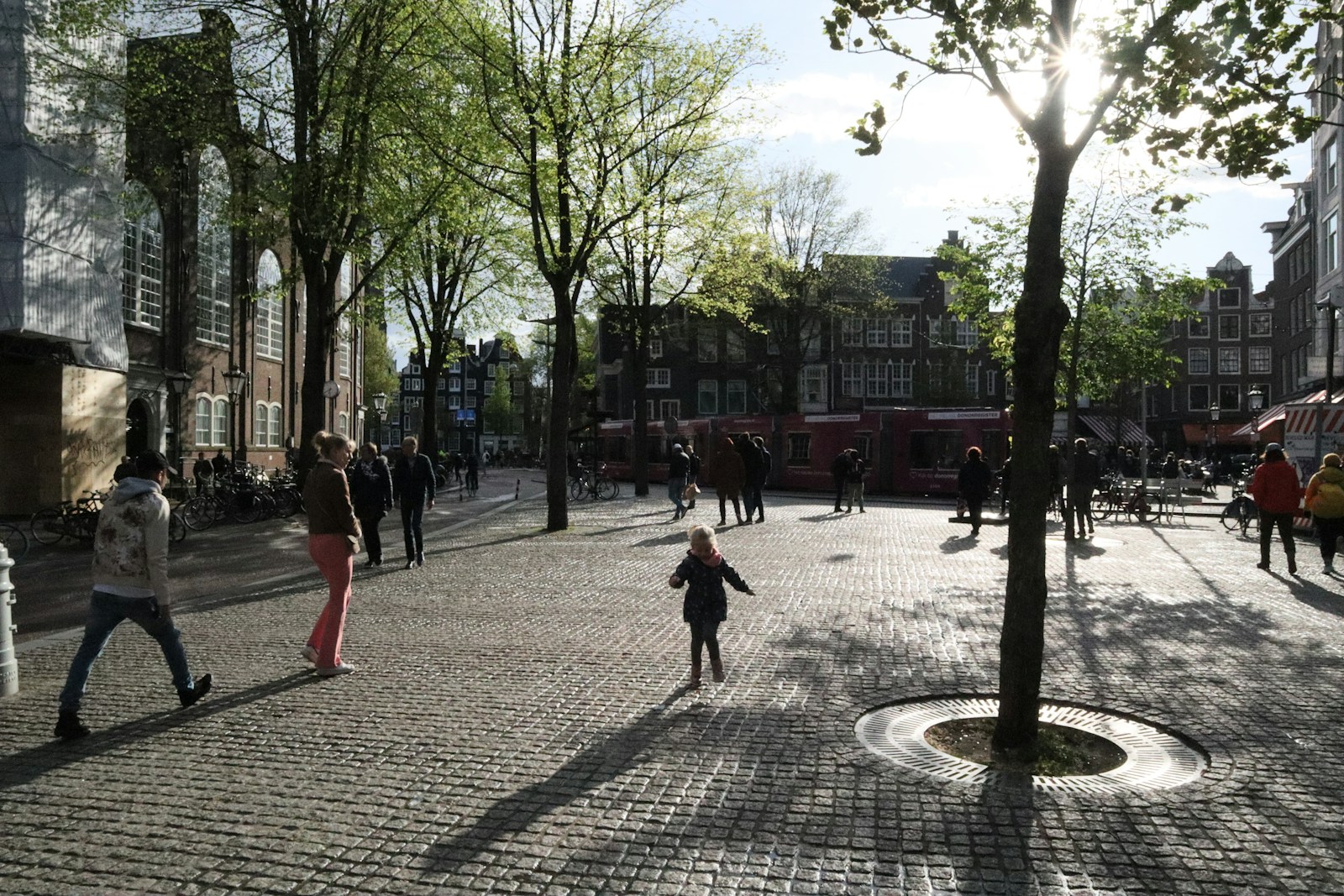Public spaces—parks, plazas, streets, libraries, and community centers—are the lifeblood of urban environments. They are where communities gather, interact, celebrate, and sometimes protest. Traditionally, the design of these spaces has often prioritized aesthetics or vehicular traffic, frequently overlooking the diverse needs of the people who use them. However, a growing understanding recognizes that for public spaces to truly flourish and serve their purpose, they must be safe and inclusive, designed thoughtfully for everyone. This paradigm shift acknowledges that a well-designed public space is not just visually appealing, but fundamentally equitable, accessible, and welcoming to all members of society.
The concept of safety in public spaces extends beyond mere physical security to encompass a feeling of psychological comfort and belonging. A safe public space is one where individuals, regardless of their gender, age, ability, ethnicity, or socioeconomic status, feel secure and unthreatened. This requires careful consideration of various design elements. Adequate lighting is paramount, eliminating dark corners and enhancing visibility, particularly during evening hours. Clear sightlines and well-maintained vegetation prevent hidden areas. Furthermore, fostering active natural surveillance, where there are “eyes on the street” from surrounding buildings or regular users, enhances security. Integrating community participation in the design process is also crucial, as local residents often best understand the specific safety concerns and perceptions within their neighborhoods. For instance, women and girls might have different safety concerns than men, and their input is vital in designing spaces where they feel secure.
Inclusivity is the cornerstone of designing for everyone. A truly inclusive public space acknowledges and accommodates the diverse needs and capabilities of its users. This means prioritizing universal accessibility, ensuring that pathways are wide, smooth, and free of obstacles, with ramps and tactile paving for people with mobility impairments or visual disabilities. Seating areas should be varied, offering options with backrests and armrests, and placed strategically to allow for both social interaction and quiet contemplation. Children’s play areas should cater to different age groups and abilities, fostering imaginative and active play for all. Similarly, design should consider the needs of older adults, providing comfortable resting spots and accessible restrooms. Providing gender-neutral facilities and designing spaces that feel welcoming to people of all cultural backgrounds and identities are also key. Features that support diverse activities, from quiet reading to bustling markets, ensure that the space can be enjoyed by a wide range of people with varied interests.
Beyond physical design, the programming and management of public spaces are equally vital for fostering inclusivity. Engaging communities in the planning and ongoing stewardship of their local parks and squares helps build a sense of ownership and shared responsibility. Organizing diverse cultural events, accessible fitness classes, community gardens, and educational workshops can draw in different segments of the population and encourage intergenerational and intercultural exchange. Flexible design that allows for adaptation to various uses throughout the day and year also maximizes inclusivity. For instance, a plaza might host a farmers’ market in the morning, a public art installation in the afternoon, and an outdoor movie screening in the evening.
The impact of well-designed, safe, and inclusive public spaces is profound. They contribute to improved public health by encouraging physical activity and reducing stress. They strengthen social cohesion by facilitating informal interactions and building community bonds, which are critical for collective resilience. They can stimulate local economies by attracting visitors and supporting small businesses. Ultimately, they reflect a city’s commitment to its residents’ well-being and democratic ideals, acting as vibrant canvases where community life unfolds in all its rich diversity. Building such spaces requires a fundamental shift from generic, top-down approaches to a collaborative process rooted in empathy, equity, and a deep understanding of human needs.
References:
- UN-Habitat (United Nations Human Settlements Programme): A leading source for urban planning and public space design, often emphasizing safety, inclusivity, and sustainability.
- Project for Public Spaces (PPS): A non-profit dedicated to helping people create and sustain public places that build stronger communities. They advocate for the “Power of 10+” and placemaking principles.
- Gehl Institute: Focuses on making cities for people, emphasizing urban life and public space quality through design research and public engagement.
- World Health Organization (WHO) – Urban green spaces: While specific to green spaces, WHO’s guidance on urban planning often links the design of public spaces to health outcomes, including mental well-being and physical activity.
- The Urban Institute – Safe and Inclusive Communities: Provides research and policy recommendations on creating equitable and safe urban environments, often with a focus on public spaces.


